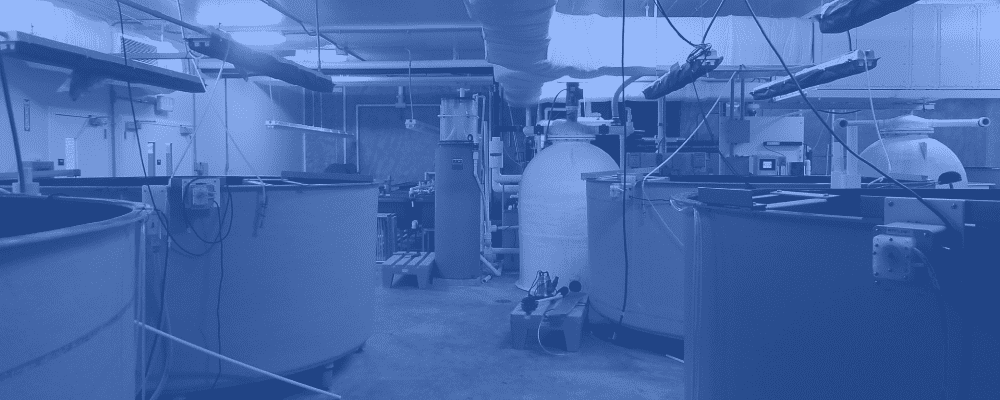Responsible Seafood from Day One
Every cultured species, whether held in man-made ponds, coastal cages or indoor tanks, is the direct result of genetics combined with the efficacy of process-driven environments. In order to determine the maximum growth rate of shrimp as determined by these genetics, facilities must allow them to grow under optimum conditions — and yet we're only beginning to understand the congenital traits of indoor shrimp.
What we do know, however, is that farmed breeds are often genetically different from the fish or shrimp inhabiting natural marine environments and ecologists share concern that exposures are diluting the genetics of wild stocks. So while poorly executed breeding strategies create one set of problems, adherence to biosecurity measures involving larvae science affect everything from disease resilience and mortality rates to nutritional and productivity values at harvest.
We can safely conclude that nutrition, feeding technique, any of the many water quality parameters, temperature, genetics and biosecurity largely determine the success of farm operations.
When dealing with food production systems, nothing comes for free. Every downstream process is affected when crossing that divide between wild and farmed species. Both coastal cages and pond structures create massive exposures which weaken the quality of seafood stock, produce virus and bacterial strains leading to antibiotic abuse and generally wreak havoc on mangroves and estuaries over time.

A Rising Tide
Even with a growing number of sustainable seafood initiatives being launched around the world, genetic biodiversity remains an ongoing issue for the industry. Moving operations indoors opens several opportunities to produce shrimp that is not only resilient, but also with a higher variation pattern between generations of farmed species.
No single decision overrules a miscalculation at inception — and sustainable larvae production helps King Prawn meet its commitment to a higher standard of care.
